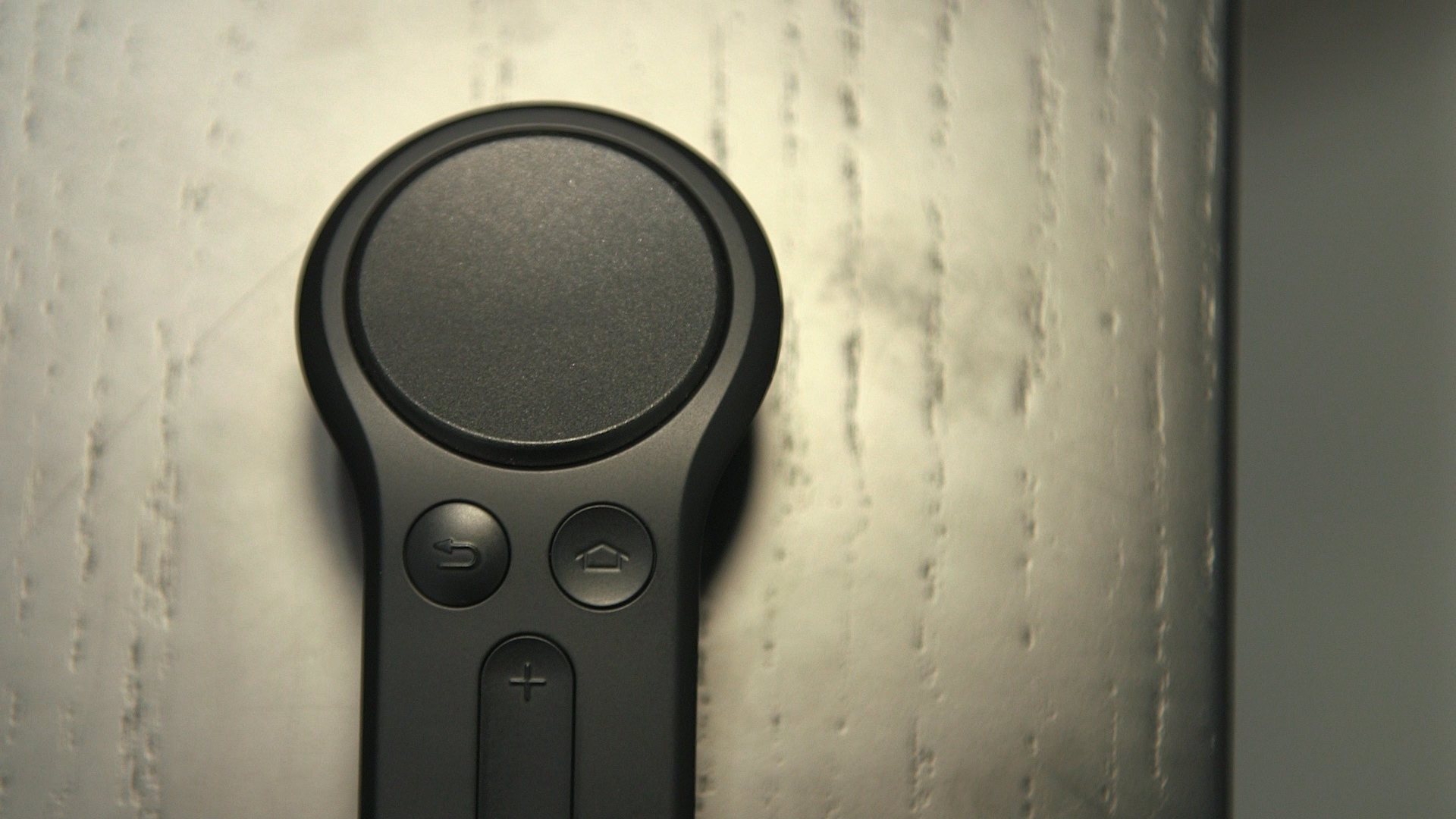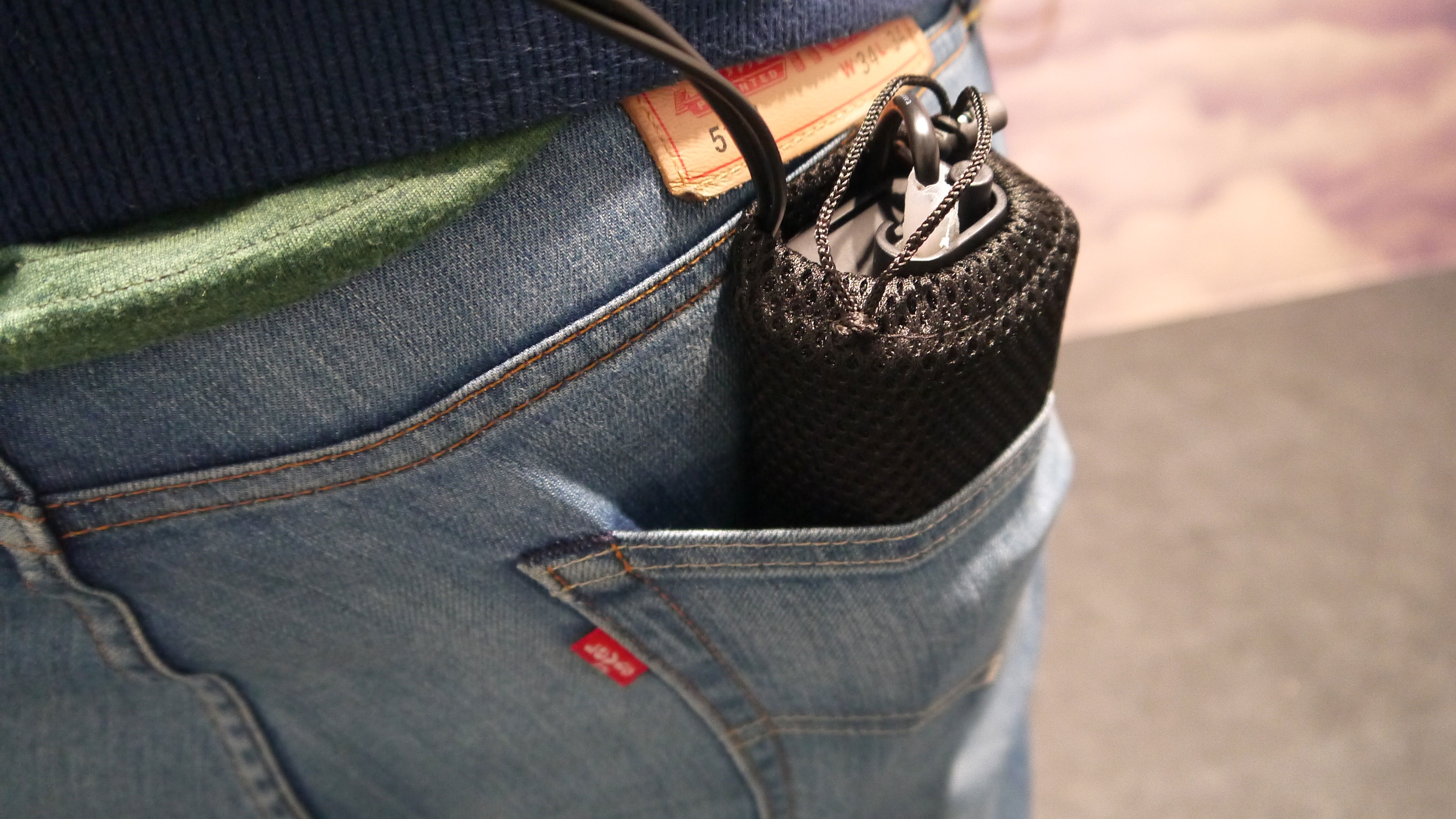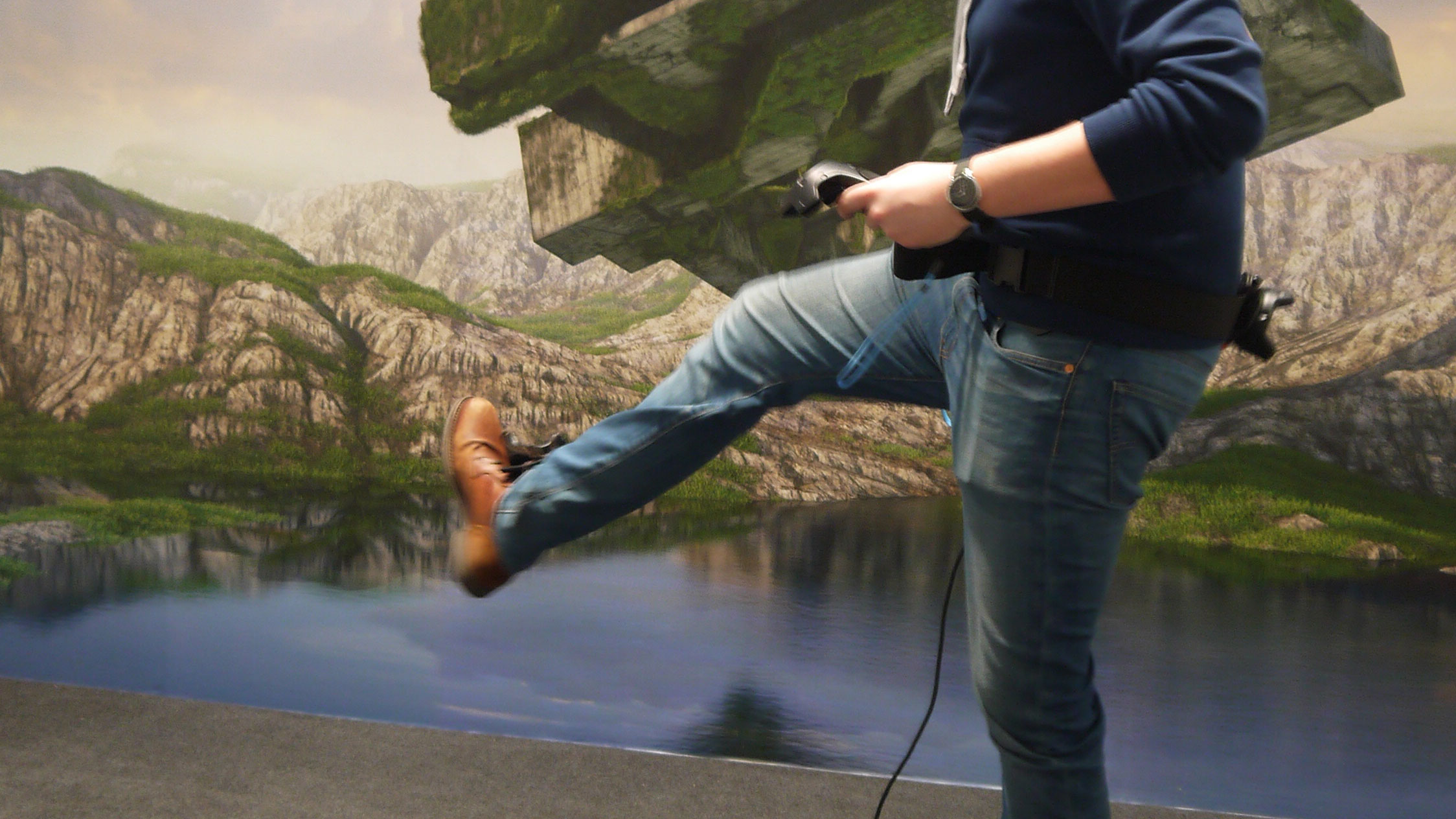Virtual reality is not dead
Now is the right time to embrace VR

Many are claiming virtual reality is dead already, despite the consumer releases of the Oculus Rift, HTC Vive and PlayStation VR all being under a year old - but at MWC we saw a big reason to think otherwise.
Figures at the end of 2016 suggested virtual reality headset sales had sold far more poorly than originally predicted at the start of the year.
PlayStation VR sales had originally been forecast to hit 2.6 million sales by the end of the year, but that was soon dropped to 750,000. Sony did sell 915,000 headsets by the end of February, but still 1.7 million units away from the original forecast.
Oculus has also slashed the price of its headset bundle from $798 to $598 in order to try and stimulate sales.
Doom and gloom
Speaking on slumps in Oculus Rift sales, Jason Ruben, VP of content at Oculus, said "We believe these stories are as overblown as the initial hype, and we still believe in VR’s unlimited long-term potential.
"Today we’re taking a material leap forward thanks to two things: price and timing."
Even HTC Vive seems to be struggling and in November last year the company had to confirm it had sold more than 140,000 headsets.
Get daily insight, inspiration and deals in your inbox
Sign up for breaking news, reviews, opinion, top tech deals, and more.
So at first look, things don't look good for virtual reality - and anyone spending time at Mobile World Congress 2017 wouldn't have seen anything obvious to question that theory.
It wasn't as focused on virtual reality as the last couple of MWC shows, and while big-name firms such as Intel, Qualcomm, Samsung and HTC had large displays focused on VR scattered throughout the halls of the show, there was no big reveal of the show.
There were no headset announcements, there was no push for particularly new ideas... if you wandered around the show you'd see a large amount of VR demonstrations using older HTC Vive and Samsung Gear VR hardware to show off new experiences.
But we looked a little deeper, and found good reason to feel positive about VR in 2017: two of the biggest companies in the space focused on accessories to enhance their VR experience, and both impressed us enough to feel like we'll be enjoying virtual reality a lot more this year.
Two ends of the spectrum
At two different ends of the market, both Samsung and HTC showed off accessories you can add to existing VR experiences to make them even better.
On the cheaper end of the market is the Gear VR, which didn’t get an upgrade as there was no sign of the Samsung Galaxy S8 or S8 Plus at the show.
Samsung instead simply announced a new controller for the Gear VR headset that will come free with future headsets - it doesn't sound like much, but it will radically change the experience on one of the world's most popular VR systems.
Ever since the reveal of the first Gear VR, the control system has always been the lacking factor. It’s why most content on Gear VR has been video-focused so far, but the announcement of a Gear VR controller proves Samsung is looking toward gaming as the future.
The Gear VR controller feels like a cross between the HTC Vive motion controller and the remote included with Google Daydream.
Oculus has now confirmed there are over 70 titles in development at the moment that will be compatible with the remote, and that's more exciting than any new Gear VR headset.
New content for the Gear VR - one of the most popular headsets on the market - is always a great sign and a lack of games is one of the key reasons not to buy a Samsung branded headset right now.
With Oculus pushing out 70 new games (and counting) as well as a whole new way to play them, this is only going to be another reason to pick up the Gear VR.
We weren't allowed to try a working controller at the show, but it's fair to say it won't give you a gaming experience like Vive or PlayStation VR.
However, it does offer a far better experience than we’re used to compared to just tapping the side of your head to move around.
What about the Vive?
At the other end of the market is the HTC Vive, and MWC saw the company showing off a bunch of new concepts for the best virtual reality headset on the market.
Vive is expensive, but HTC is doubling down on the amount of applications that are possible with the headset to make it a worthwhile purchase.
During our time at the HTC booth we were able to play with a new wireless battery pack concept - by a company called TPCast - that means the annoying room tracking cable won’t get tied up in your feet while you’re wandering around.

It offered five hours battery life, but there's also a plan to make a smaller version that offers two and a bit hours charge.
What excited us more was the new tracking system - called Virtual Self - that places trackers on your feet and lower back, giving you full body tracking for the first time.

That allows you to kick and walk around in VR games. You can even crouch down on the floor or go prone using this tracking tech. This feels like the next big step for the Vive, allowing you to move around freely and developers to create a lot of new content for the platform.
Imagine a full penalty shoot out game on the Vive - that would be possible with Virtual Self's full body tracking (and could easily see you kicking a loved pet across the room).

HTC also demoed one of the most interesting business applications for Vive: with a new spray painting simulator, those working in the car manufacturing industry can practice their craft without wasting paint or car doors.
You're handed a spray paint gun with a HTC Vive controller attached to the top and told to go ahead and paint. When you're finished, you're greeted with the results.
We managed to score 49% - an awful result - but it would mean you can keep heading back in and perfecting your skills without wasting precious and expensive materials.
To top it all off, HTC was also showcasing a load of new content within Vive that makes it an even more attractive proposition than when it was first released.
There's a new animating tool that allows you to play the characters you create and even a model creator that allows you to print your creations with the use of a 3D printer.
For the first time in a number of years MWC wasn't about virtual reality or wearable tech - that honor went to 5G, bigger displays on phones and incredible lust for retro handsets - but these seemingly minor developments in VR prove it’s something worth buying.
There's no need to worry about buying a virtual reality headset right now. Any upcoming interesting tech showcased here was an accessory you can buy to improve the experience at a later date, not a new headset to wait for.
It means you shouldn’t be waiting around for the Vive 2 to see the next level of gameplay introduced because it may even come out for the original Vive as an add-on instead.
MWC (Mobile World Congress) is the world's largest exhibition for the mobile industry, stuffed full of the newest phones, tablets, wearables and more. TechRadar is reporting live from Barcelona all week to bring you the very latest from the show floor. Head to our dedicated MWC 2017 hub to see all the new releases, along with TechRadar's world-class analysis and buying advice about your next phone.
James is the Editor-in-Chief at Android Police. Previously, he was Senior Phones Editor for TechRadar, and he has covered smartphones and the mobile space for the best part of a decade bringing you news on all the big announcements from top manufacturers making mobile phones and other portable gadgets. James is often testing out and reviewing the latest and greatest mobile phones, smartwatches, tablets, virtual reality headsets, fitness trackers and more. He once fell over.
